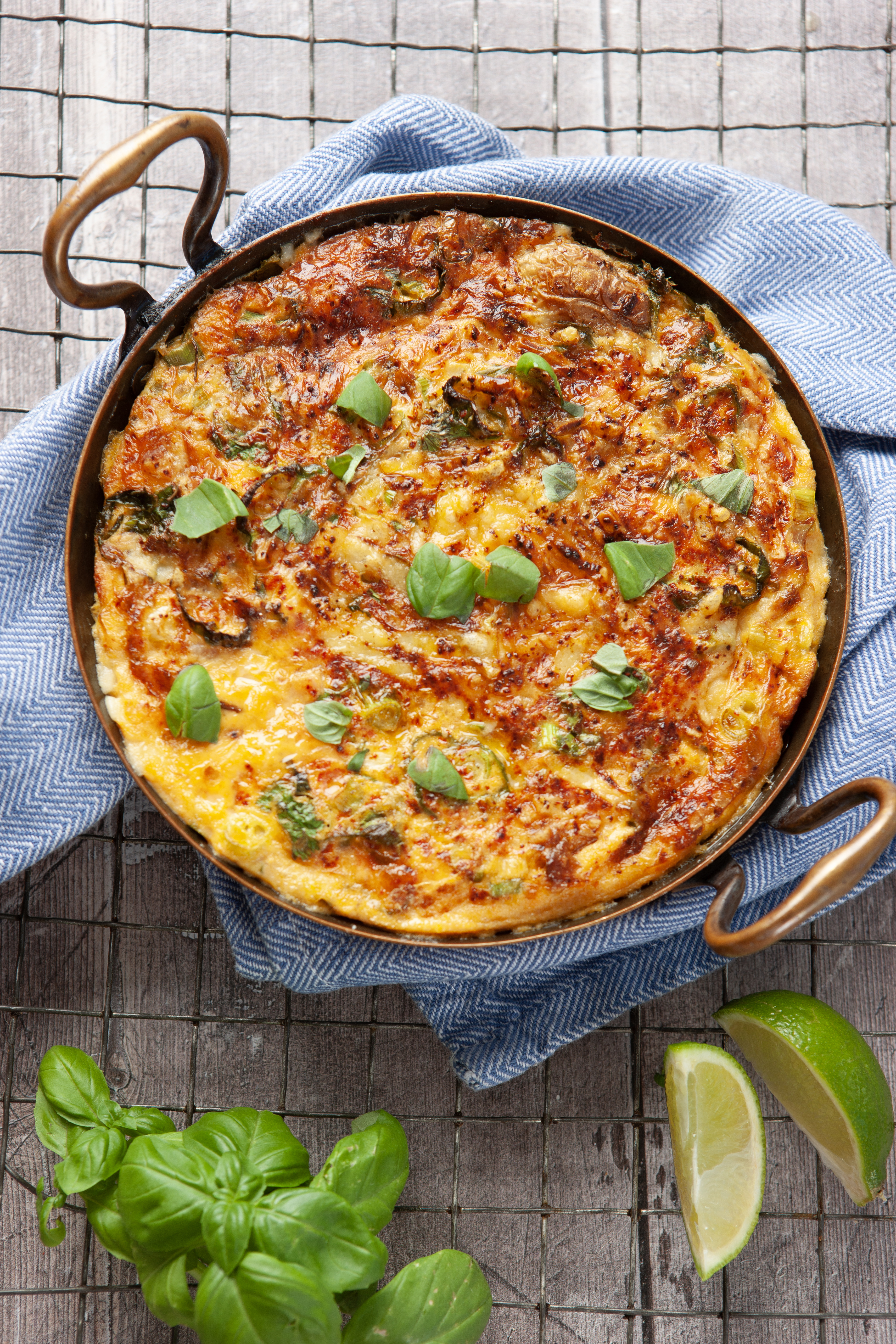CLASSIC ORANGE MARMALADE

30 mins, plus overnight soaking prep, About 1 hour cook
Serves 20
Ingredients
650g oranges (Seville, preferably)
1kg Tate & Lyle Preserving Sugar, or similar
Method
Squeeze the juice from the oranges, reserving the pips. Put the juice into a preserving pan or large saucepan.
Scrape the pulp from the orange peel and put it onto a large square of muslin with the pips. Tie up tightly and put into the saucepan with 1.5 litres of water.
Use a sharp knife to shred the orange peel finely. Add to the saucepan. Cover and leave to soak overnight (this helps to extract more pectin to set the marmalade).
Next day, put the saucepan on the heat and bring to the boil. Reduce the heat to low. Cover and simmer over a very low heat for 30 minutes to soften the peel. Remove the muslin bag, squeezing it to push out as much of the liquid as possible.
Add the sugar to the saucepan and place over a low heat, stirring until the sugar has dissolved. Increase the heat and boil steadily for 20 minutes, taking care to keep an eye on the marmalade to ensure that it doesn’t boil too rapidly.
Meanwhile, sterilize 3 x 450g jars by washing them in hot soapy water, rinsing well, then placing them in a low oven at 150°C/Fan 130°C/Gas 2 for 10 minutes.
Test the marmalade for setting point. To check, remove the saucepan from the heat, spoon a little marmalade onto a cold plate and leave for 2 minutes – it should wrinkle softly when your finger is pushed over the surface. If this point has not been reached, return the saucepan to the heat and continue to boil for another 2-3 minutes. Test as before until setting point is reached. (You may need to test several times, though be patient, as this testing is crucial to achieve the correct consistency).
Allow the marmalade to settle for 10 minutes, then pour it into the hot sterilized jars. The marmalade will look quite runny when you pour it into the jars - it will set upon cooling (so long as you have followed the instructions for testing the setting point!)
Leave to cool, then seal and label. Store in a cool place for up to 1 year.
Great British Food Awards
Tasting videos

Three irresistible ways to cook with Isle of Wight tomatoes
Three simple dishes made even tastier by the inclusion of award-winning Isle of Wight tomatoes.

The best free from foods (that actually taste amazing)
From brownies to bara brith, we share some of our favourite free from foods that don't compromise on flavour.







